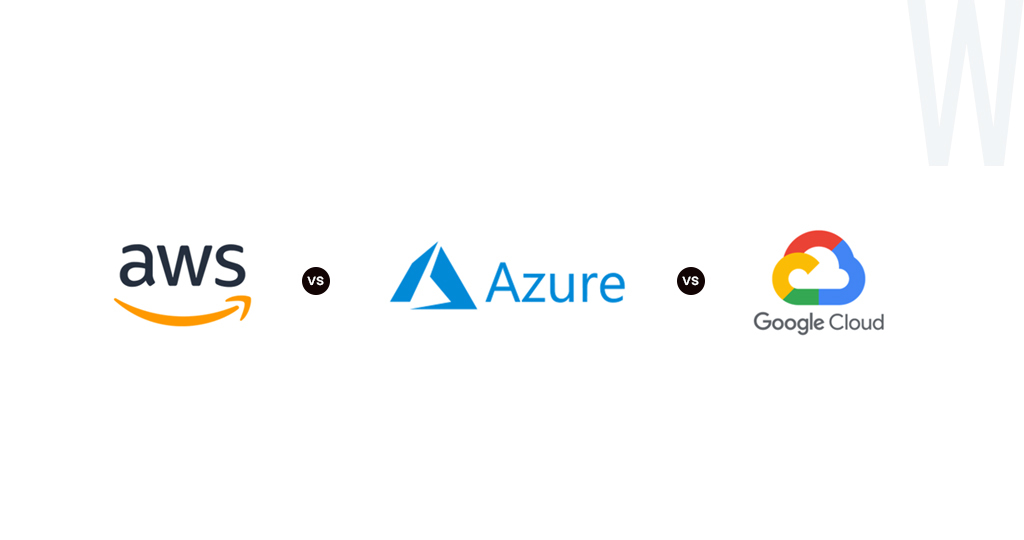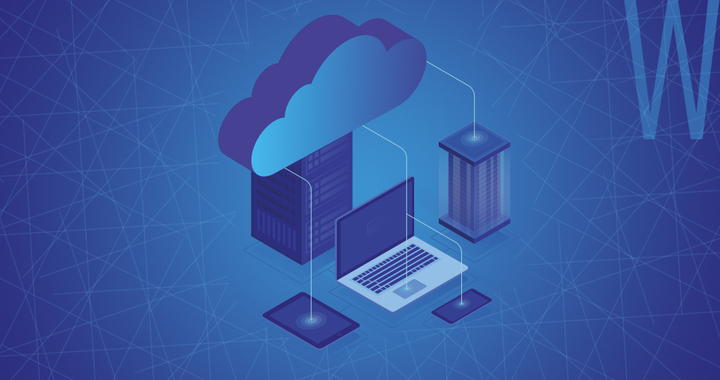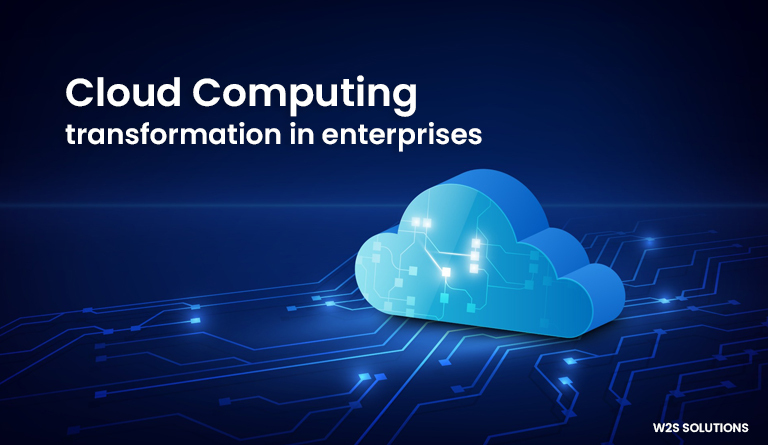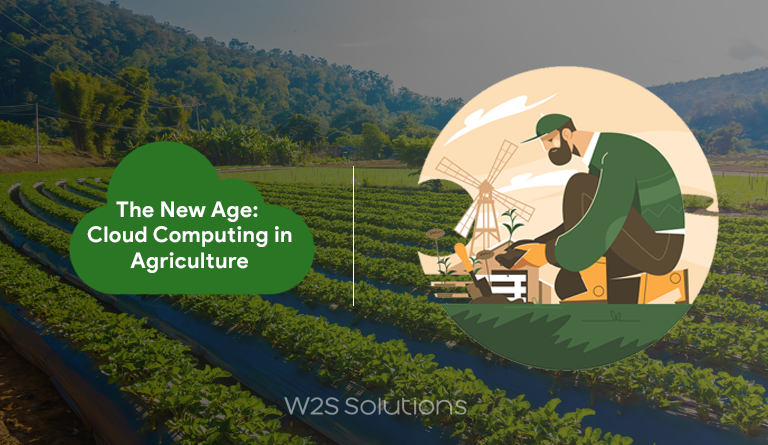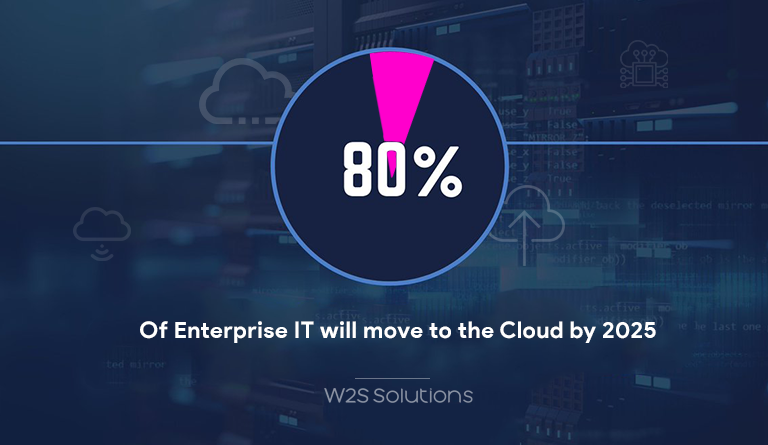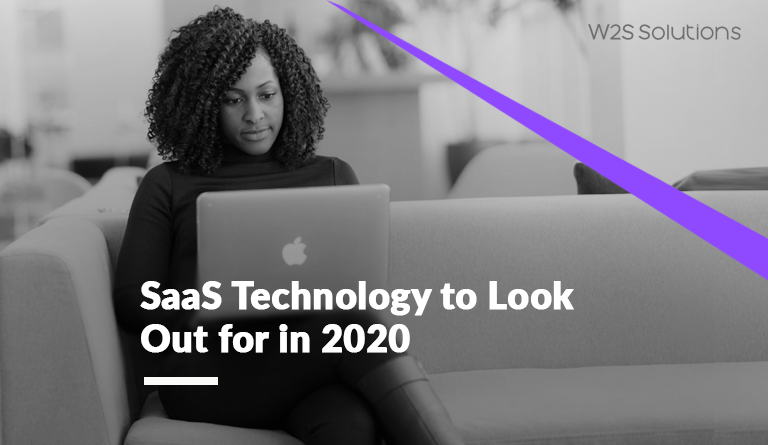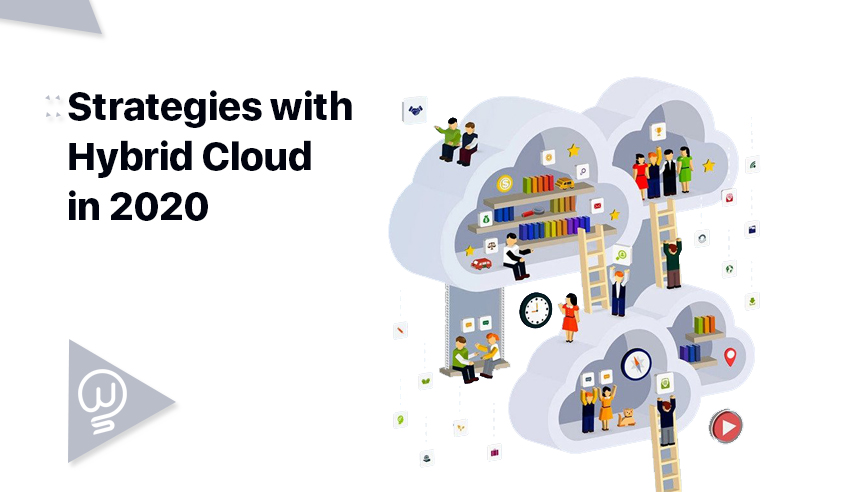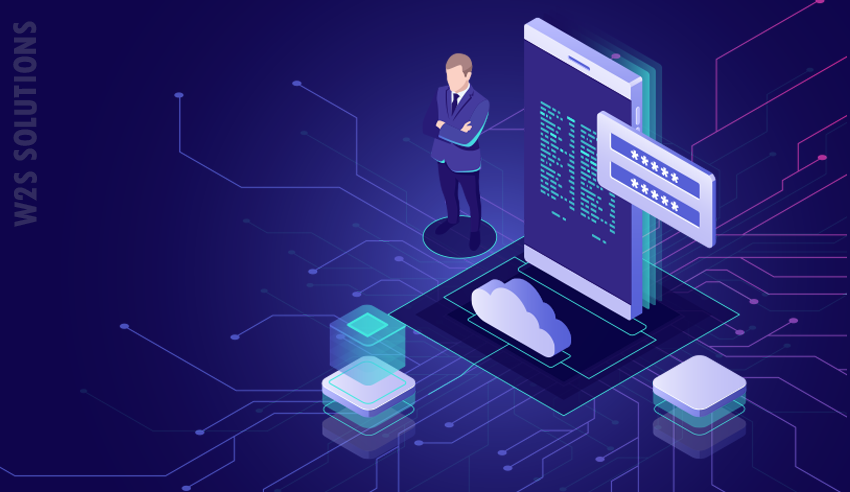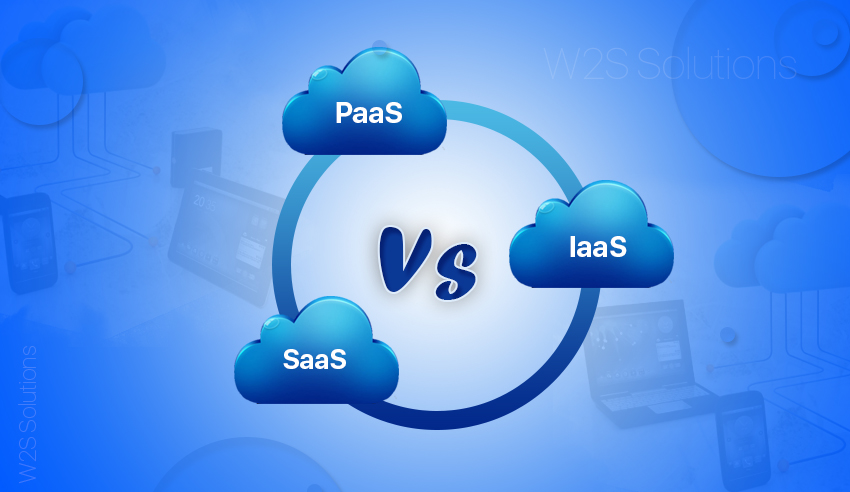Cloud computing refers to the ability to store, share, and process information in the cloud. As one of the major league technologies of the 21st century, it gives you access to business tools and applications without making major investments in hardware and software.. The term “cloud” refers to the Internet, which is used by many companies and organizations for storing, managing, and processing data.
The market size of cloud computing has been growing rapidly over the past few years and will continue to do so in 2020. In 2018 alone, it was estimated that there were more than 100 million people who used a cloud service on their devices at least once per month. As we add more and more IoT devices to our circle, we are producing data at a rate that’s never been seen before. It is estimated that on average, a single person produces 1.7 MB of data per second. This figure will soon hit the roof, and the cloud is the most practical option for businesses to store and manage such oceans of data.
What should every business know about cloud computing?
The cloud is a collection of servers that house data. It’s not just a place in the sky, and it’s not just a network of computers. The cloud is actually an entire ecosystem of interconnected services and software applications hosted by one or more providers (Amazon Web Services, Microsoft Azure), who provide access to this infrastructure through their own internal networks or as part of an Internet Service Provider’s offerings.
So, what business benefits do cloud computing services provide? For businesses in the current market, cloud offers this critical function-flexibility: you don’t have to worry about setting up your own server farm if you don’t want to; instead all your business needs is access via either internet connections like Wi-Fi or 4G LTE cell phone networks (which can be expensive). You simply pay for what you need—and there are no additional costs associated with operating this gentler version of IT management.
Cloud computing also allows you to scale up or down as needed by simply adding more resources when necessary, thus eliminating downtime caused by underutilized hardware or software systems. However, cloud storage services allow users, access their data from anywhere in the world using any device they choose (e.g., laptop or even a smartphone!).
Our digital transformation consultants at W2S Solutions strongly believe that increased data popularity is one of the major reasons for the massive cloud adoption by businesses. And on top of this, the cloud literally saves companies from going heavy on their investments in physical infrastructure. Imagine modern companies storing and processing data in conventional(non-cloud) ways.
The three major types of cloud computing
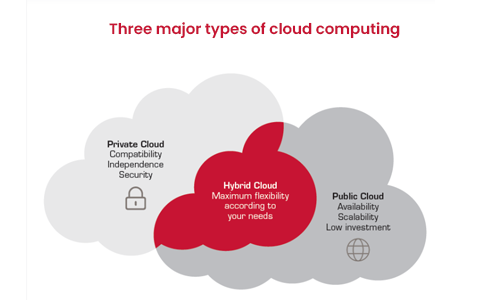
-
Public cloud
Public clouds are owned and operated by third-party cloud service providers, who deliver their computing resources like servers and storage over the Internet.
Cloud service providers have servers that you can access using a browser or command line tool; they also provide storage that you can use to store data. You may pay for these services per hour (known as “pay-as-you-go”), or you may pay for them in advance (known as “prepaid”). Each type of plan has different pricing models for different workloads.
Though you get unparalleled flexibility, it’s not suitable for larger organizations. Cloud provides great security, too, but public clouds don’t make the cut when dealing with huge volumes of data.
-
Private cloud
Private clouds are a cloud infrastructure operated solely for an organization. They’re owned and operated by the business that uses them, so they’re not shared with other companies or users.
Private clouds are generally built with open-source software and physical hardware, which allows organizations to customize their own systems based on their own needs. This makes private clouds ideal for large enterprises that need faster computing power than standard public clouds can provide.
-
Hybrid cloud
Hybrid clouds combine elements of public and private clouds, bound together by technology that allows data and applications to be shared between them. A hybrid cloud is a combination of private and public clouds, where applications and data are shared between them.
A hybrid deployment model involves deploying an application or service in both public and private clouds. This is one of the main reasons for the drastic increase in enterprise cloud adoption.
The following two aspects make the hybrid cloud a perfect platform for modern businesses:
- Increased flexibility — Hybrid deployments allow you to move your workloads from one type of infrastructure to another without having to rewrite code or reconfigure the apps themselves, which can be time-consuming and costly.
- Reduced cost — Building out multiple infrastructures can be expensive, but if you’re using a single vendor’s services as part of your hybrid cloud strategy (like Amazon Web Services), then it’s likely cheaper than maintaining multiple systems internally; especially since most businesses don’t have dedicated staff members responsible for operating their own internal data centers anymore due.
Major advantages of the cloud adoption
There are many benefits of a cloud-first strategy. It’s a great way to reduce IT costs, increase productivity and improve data security. In addition, it increases flexibility, collaboration, and disaster recovery capabilities.
- Reduce IT Costs: Cloud services are often less expensive than traditional on-premise solutions because they give organizations the ability to scale up or down as needed without having to purchase new equipment or software licenses. This allows businesses to focus on other areas of their operations instead of being forced by budget constraints into making difficult decisions about what kind of technology will best serve them going forward.”
- Increased scalability: Cloud computing can be a great solution for businesses that need to scale their operations quickly, but don’t have the money to do so. The same benefits of cloud computing apply here as well—flexibility and scalability—but you’ll also save on the upfront costs of buying hardware and software.
- Flexibility: Cloud computing allows you to avoid these expenses by simply paying for what you use instead of buying everything upfront. This helps your business prioritize investments and resources, allowing you to deliver consistent value.
Types of cloud models
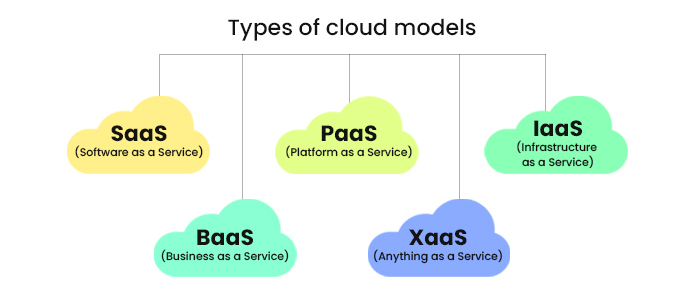
Cloud service models offer a variety of ways to build and run your cloud applications.
- SaaS (Software as a Service)
- PaaS (Platform as a Service)
- IaaS (Infrastructure as a Service)
- BaaS (Business as a Service)
- XaaS (Anything as a Service): This is an emerging trend that includes everything from hosting websites to processing transactions.
The Cloud is a complex ecosystem that includes hardware, software, and services. It’s also an evolving model of computing that continues to change as technology advances. Cloud providers offer different types of services and pricing models to meet the needs of their customers. And as it continues to evolve, it enables cloud-ready businesses to capitalize on the digital disruption in their industries. Know more about the latest trends in cloud computing.
Make an informed transition to cloud computing
The cloud offers a lot of opportunities for businesses, but you need to plan carefully for the transition. As cloud will play a major role in defining the digital infrastructure of your business, it’s important for you to get it right. Being one of the leading cloud computing service providers in the market, we have helped our global clients make an informed transition to the cloud. When it comes to the cloud, one size doesn’t fit all. Your priority should be to clearly define your expectations and the business goals you want to achieve by being cloud positive. And it’s important for you to understand that the cloud doesn’t work in a void. Rather, it creates a platform for you to synchronize all your digital capabilities. This way, you can deliver a holistic digital experience for your user.




